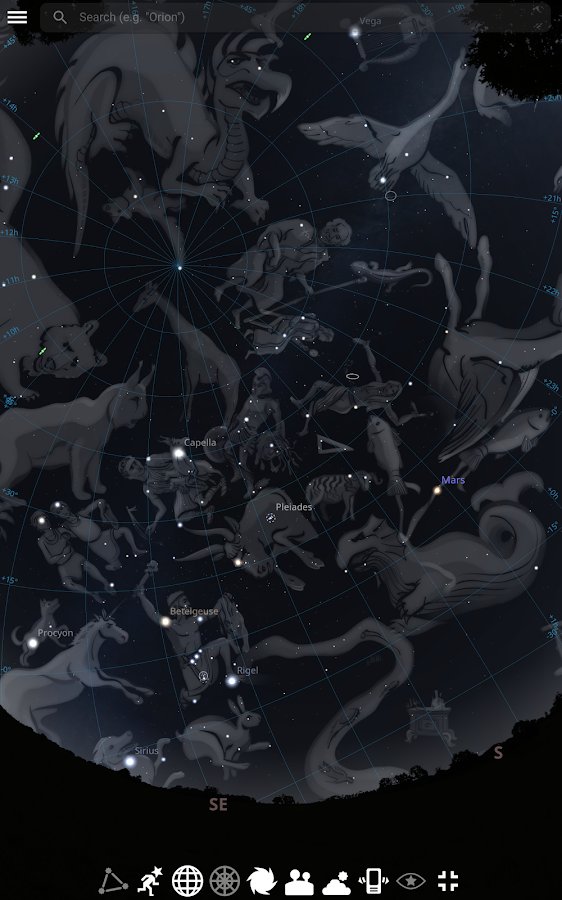
Itʼs recommended that the lens have an aperture f/number of f/2.8 or lower.ĭonʼt forget a stable tripod. Donʼt forget to look up, KO.Ī lens with a focal length of 35mm or less on full-frame cameras, 24mm or less on APS-C cameras, and 16mm or less on Micro 4/3 cameras have wider fields of view and will allow us to use longer shutter speeds. This simple guide will not only help you start making great photos of the Milky Way, it will help you acquire a new appreciation for the night sky and the beautiful planet that we all share. I want to change the way that people look at the world through astrophotography. To access the class, visit /contact and leave me a message. If you enjoy this guide and are not already part of the Nightscapes online class, you can contact me for video lessons and loads of additional resources. Finally, a list of tips will help you make the best of the experience.
Stellarium app milky way how to#
It includes a checklist of the basic planning and equipment you will need, an exposure guide to help you select your aperture, ISO, and shutter speed, and a guide on how to read an exposure histogram and adjust your exposure. This guide has three parts to help you start making astrophotos. While not particularly difficult to learn, there are some basics you need to know to get started. Although rather specialized, astrophotography is readily accessible to anyone with a decent digital camera and some basic equipment, like a tripod and a headlamp. This particular type of photography is known as landscape astrophotography, or “nightscape” photography.

Nightscapes is a no frills reference guide to the essentials of photographing the Milky Way.


 0 kommentar(er)
0 kommentar(er)
